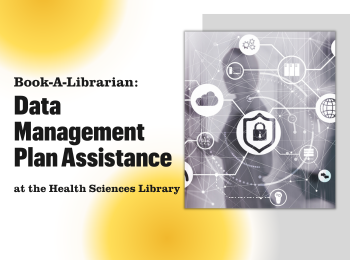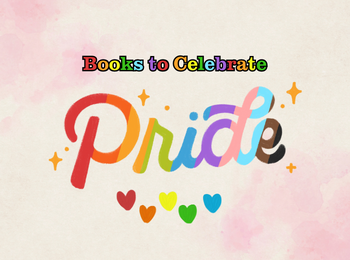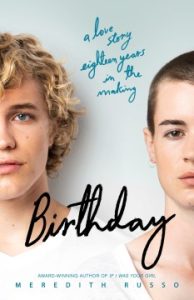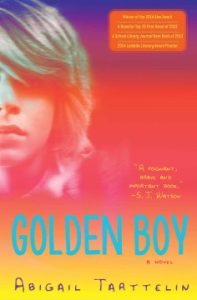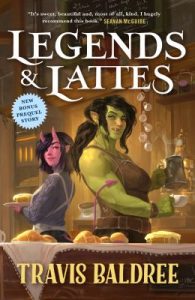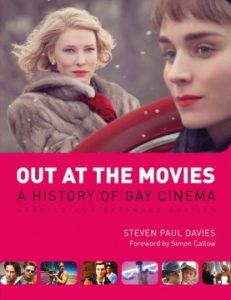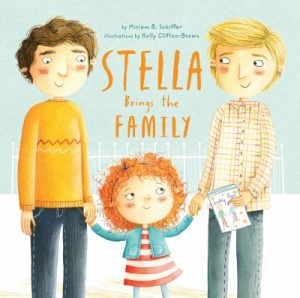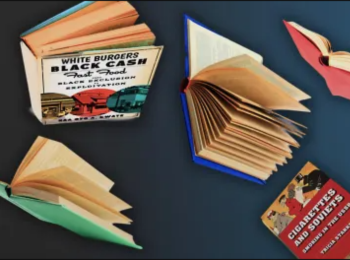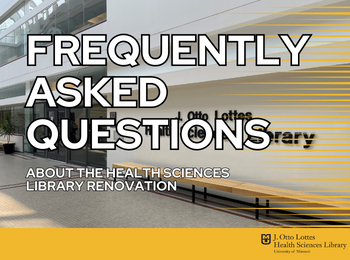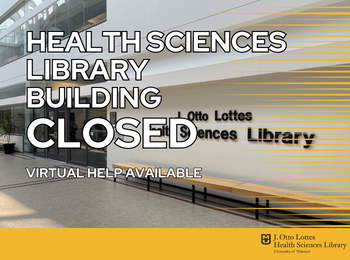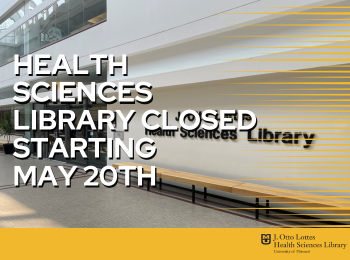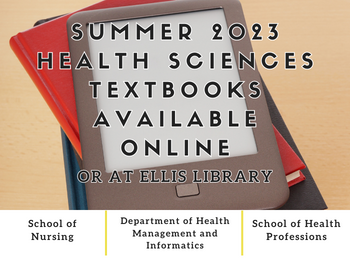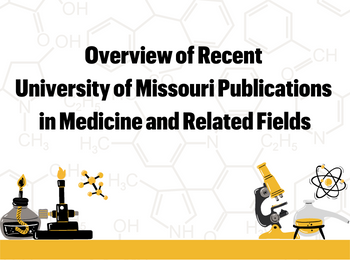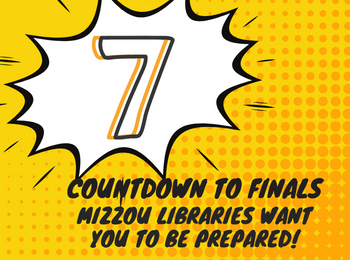Below is a list of recently published Pubmed articles from the University of Missouri related to COVID-19.
If you need assistance accessing the articles, please email asklibrary@health.missouri.edu.
Pubmed collection of MU authored COVID articles
Au PH, Nwabara K, Gvazava N, Ejiofor S, Ghous G. Lemierre Syndrome: A Diagnosis behind the Veil. Case Rep Infect Dis. 2023;2023:2273954. Epub 20230418. doi: 10.1155/2023/2273954. PubMed PMID: 37113164; PMCID: PMC10129419.
Awan JR, Akhtar Z, Inayat F, Farooq A, Goraya MHN, Ishtiaq R, Malik S, Younus F, Kazmi S, Ashraf MJ, Khan AA, Tarar ZI. Acute acalculous cholecystitis as a rare gastroenterological association of COVID-19: a case series and systematic review. J Clin Transl Res. 2023;9(2):133-43. Epub 20230328. PubMed PMID: 37179790; PMCID: PMC10171317.
Baindara P, Chowdhury T, Roy D, Mandal M, Mandal SM. Surfactin-like lipopeptides from Bacillus clausii efficiently bind to spike glycoprotein of SARS-CoV-2. J Biomol Struct Dyn. 2023:1-12. Epub 20230406. doi: 10.1080/07391102.2023.2196694. PubMed PMID: 37021470.
Chen F, Isaak R, Afroze F, Mulaikal TA, Licatino LK, Ladlie B, Jain A, Willie C, Bairde E, Hayes BH, Carter T, Zisblatt L, Diachun C, Martin TW, Marshall JM, Huffmyer J, Hindle AK, Stahl DL, Liu Y, Martinelli SM. A Multi-Site Survey Study on the Association Between the COVID-19 Pandemic and United States Anesthesiology Residents’ Mental Health. Cureus. 2023;15(2):e34782. Epub 20230208. doi: 10.7759/cureus.34782. PubMed PMID: 36915835; PMCID: PMC10005895.
Curtis AF, Schmiedeler A, Musich M, Connell M, Miller MB, McCrae CS. COVID-19-Related Anxiety and Cognition in Middle-Aged and Older Adults: Examining Sex as a Moderator. Psychol Rep. 2023;126(3):1260-83. Epub 20220131. doi: 10.1177/00332941211064820. PubMed PMID: 35099322; PMCID: PMC8810388.
Dahu BM, Alaboud K, Nowbuth AA, Puckett HM, Scott GJ, Sheets LR. The Role of Remote Sensing and Geospatial Analysis for Understanding COVID-19 Population Severity: A Systematic Review. Int J Environ Res Public Health. 2023;20(5). Epub 20230228. doi: 10.3390/ijerph20054298. PubMed PMID: 36901308; PMCID: PMC10002247.
Durante W. Glutamine Deficiency Promotes Immune and Endothelial Cell Dysfunction in COVID-19. Int J Mol Sci. 2023;24(8). Epub 20230420. doi: 10.3390/ijms24087593. PubMed PMID: 37108759; PMCID: PMC10144995.
Farooqui AA, Farooqui T, Sun GY, Lin TN, Teh DBL, Ong WY. COVID-19, Blood Lipid Changes, and Thrombosis. Biomedicines. 2023;11(4). Epub 20230415. doi: 10.3390/biomedicines11041181. PubMed PMID: 37189799; PMCID: PMC10135929.
Qureshi AI, Baskett WI, Huang W, Akinci Y, Suri MFK, Naqvi SH, French BR, Siddiq F, Gomez CR, Shyu CR. New cardiovascular events in the convalescent period among survivors of SARS-CoV-2 infection. Int J Stroke. 2023;18(4):437-44. Epub 20220806. doi: 10.1177/17474930221114561. PubMed PMID: 35796639; PMCID: PMC10037124.
Regunath H, Goldstein NM, Guntur VP. Long COVID: Where Are We in 2023? Mo Med. 2023;120(2):102-5. PubMed PMID: 37091941; PMCID: PMC10121126.
Rosen GH, Davies BJ, Murray KS. Changes in Use of Oral Androgen Pathway Directed Medications during the COVID-19 Era. Urol Pract. 2022;9(4):279-83. Epub 20220503. doi: 10.1097/upj.0000000000000310. PubMed PMID: 37145775.
Shankar R. Loneliness, Social Isolation, and its Effects on Physical and Mental Health. Mo Med. 2023;120(2):106-8. PubMed PMID: 37091945; PMCID: PMC10121112.
Sun Z, Xu Z, Yu Y, Xia S, Tuhlei B, Man T, Zhou B, Qin Y, Shang D. Effectiveness of an “online + in-person” hybrid model for an undergraduate molecular biology lab during COVID-19. Biochem Mol Biol Educ. 2023;51(2):155-63. Epub 20221229. doi: 10.1002/bmb.21704. PubMed PMID: 36579716.
Wang Y, Lenoch J, Kohler D, DeLiberto TJ, Tang CY, Li T, Tao YJ, Guan M, Compton S, Zeiss C, Hang J, Wan XF. SARS-CoV-2 Exposure in Norway Rats (Rattus norvegicus) from New York City. mBio. 2023;14(2):e0362122. Epub 20230309. doi: 10.1128/mbio.03621-22. PubMed PMID: 36892291; PMCID: PMC10127689.
